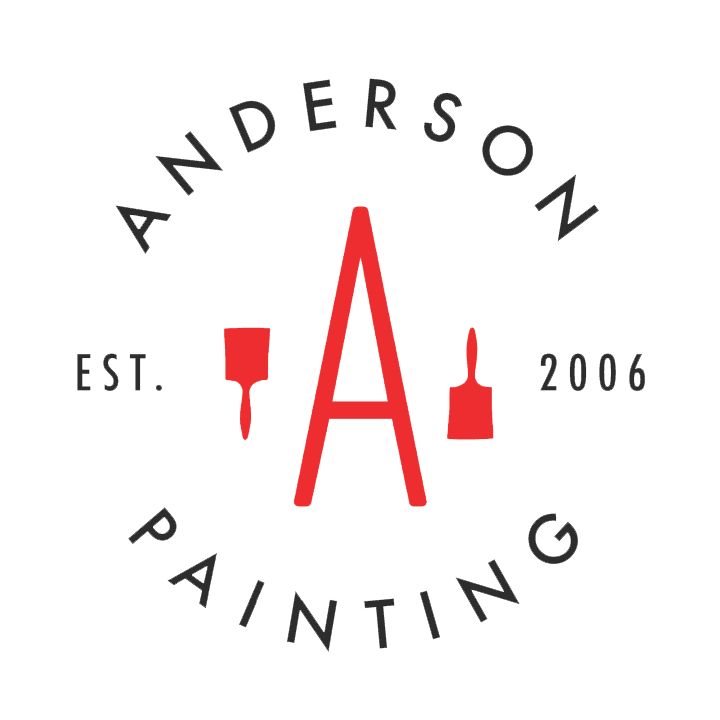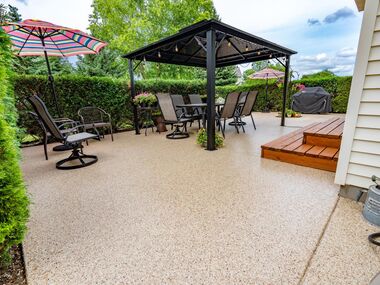Exterior Painting: Brushes and Tools

There’s quite a bit of overlap between interior and exterior painting. When it comes down to brass tacks, both projects require high-quality paint and applicators (brushes, rollers, and/or sprayers). However, painting the outside of a residence or commercial space involves some unique challenges not faced while painting the inside. Solving these problems requires some experience, to be sure, but most of all, it requires reliable tools.
If you’re planning on painting an exterior, you want to be equipped like professional Raleigh house painters. Even if you decide to hire a painting service instead, it’s good to know what tools and resources they’re using to get the job done. Let’s go over some of the different brushes and tools these painters use when tackling an exterior painting project.
Best Brushes for Exterior Painting
Truth be told, many Raleigh painting professionals use paint rollers and sprayers to cover large areas of an exterior. Still, this doesn’t mean they never use paint brushes. While brushes might not be the main applicator for exterior painting, they serve an important function for painting exterior surfaces. Because brushes are small and precise, they’re perfect for painting trim, cutting in edges, and making precise moves when the time comes.
In order to achieve the best, most even coverage on exterior surfaces, painters will use the most durable, professional grade paint brushes. Their bristles are typically made from a synthetic material, like polyester and/or nylon, sitting atop a solid wood handle. If used for cutting in or painting trim, angle sash brushes provide the optimal shape for efficient coverage. These brushes are also commonly used to apply deck stain.
Professionals will also use different sized brushes, typically ranging from 1-inch to 4-inch widths. Having these options allows painters to use the best possible brush for a given situation. With so many nooks and crannies donning an exterior, these various kinds of brushes really come in handy, helping provide complete coverage after the bigger areas have been coated with a roller or sprayer.
Tools of the Trade for Exterior Painting
Many of the tools used to make interior painting easier also apply to exterior painting. Hand-maskers, painter’s tape, multi-tools, etc. are all just as useful outside as they are inside. The way they’re used, however, may change a bit depending on the project. For instance, you might use a hand-masker to cover light fixtures or furniture when interior painting, but use it to cover shrubbery or railings when exterior painting.
Ladders and extension poles become even more important for exterior painting, especially for taller, multi-story homes and buildings. The aforementioned paint sprayer is commonly used for exterior painting more than interior painting because spraying can get messy and release toxic fumes that might linger inside a room. Caulking guns and caulk are useful both inside and out, but somewhat more important when painting outside where the climate often causes cracking.
While not strictly a painting tool, Anderson Painting contractors will also use a pressure washer to clean the exterior surface before painting it. Paint adheres better to cleaned surfaces, so this is an important step for ensuring a long-lasting paint job.
The more you know about the various brushes and tools painters use on exteriors, the more you’ll understand what truly goes into a proper exterior painting job. Anderson Painting makes use of all these tools and more to provide our clients with the best results every time. To learn more about us and all our services, call Anderson Painting today at 919-610-1855 or email us at info@andersonpaintingnc.com!



